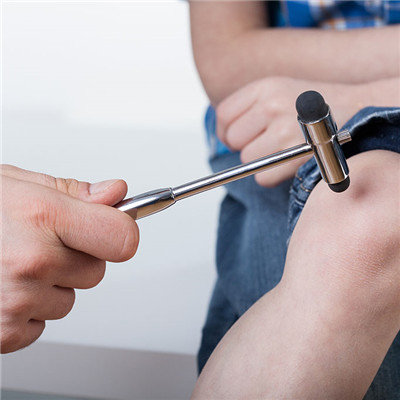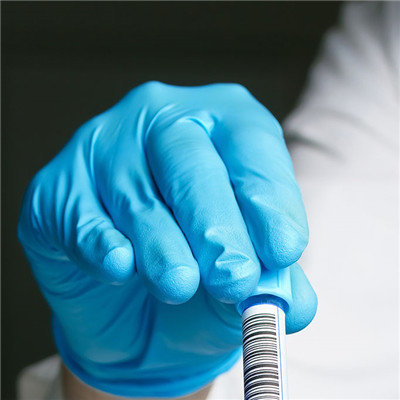What harm does angiography have?
summary
For the examination of cerebral angiography, generally speaking, it is to inject the iodine containing contrast agent into the blood vessels or arteries of the brain, and then take the skull film to observe the position and morphological changes of cerebral vessels. This is generally used to diagnose cerebrovascular disease one of the most commonly used means. As my grandmother had done cerebral angiography before, I also learned from the doctor some precautions before and after the examination. Now I summarize and write it down, hoping to help friends in need!
What harm does angiography have?
First of all, we need to make sure that there is not too much pain for brain angiography, but when injecting contrast agent, we may feel head pain or burning. When doing the examination, we must overcome psychological fear and tension, and relax to cooperate with the examination.
Before the examination, we need to do the contrast agent and anesthetic allergy test for the patient. If the patient has discomfort, we must respond to the doctor. Only the negative experimenter can do the contrast examination, and we also need to do the clotting time test. It is also worth noting that fasting is required 6 hours before the examination.
And after doing contrast examination, the patient should rest in bed, and closely observe the development of the disease and whether there is bleeding or hematoma in the puncture site. Generally speaking, some patients may have headache, dizziness, nausea and vomiting, facial flushing after finishing the examination. This phenomenon is normal, do not be nervous, generally refers to the rest of 2-3 days or so can disappear.
matters needing attention
It must be noted that patients who are allergic to contrast agents or anesthetics, or have hemorrhagic diseases, heart, kidney and liver dysfunction, or whose general condition is extremely poor must not undergo angiography,














